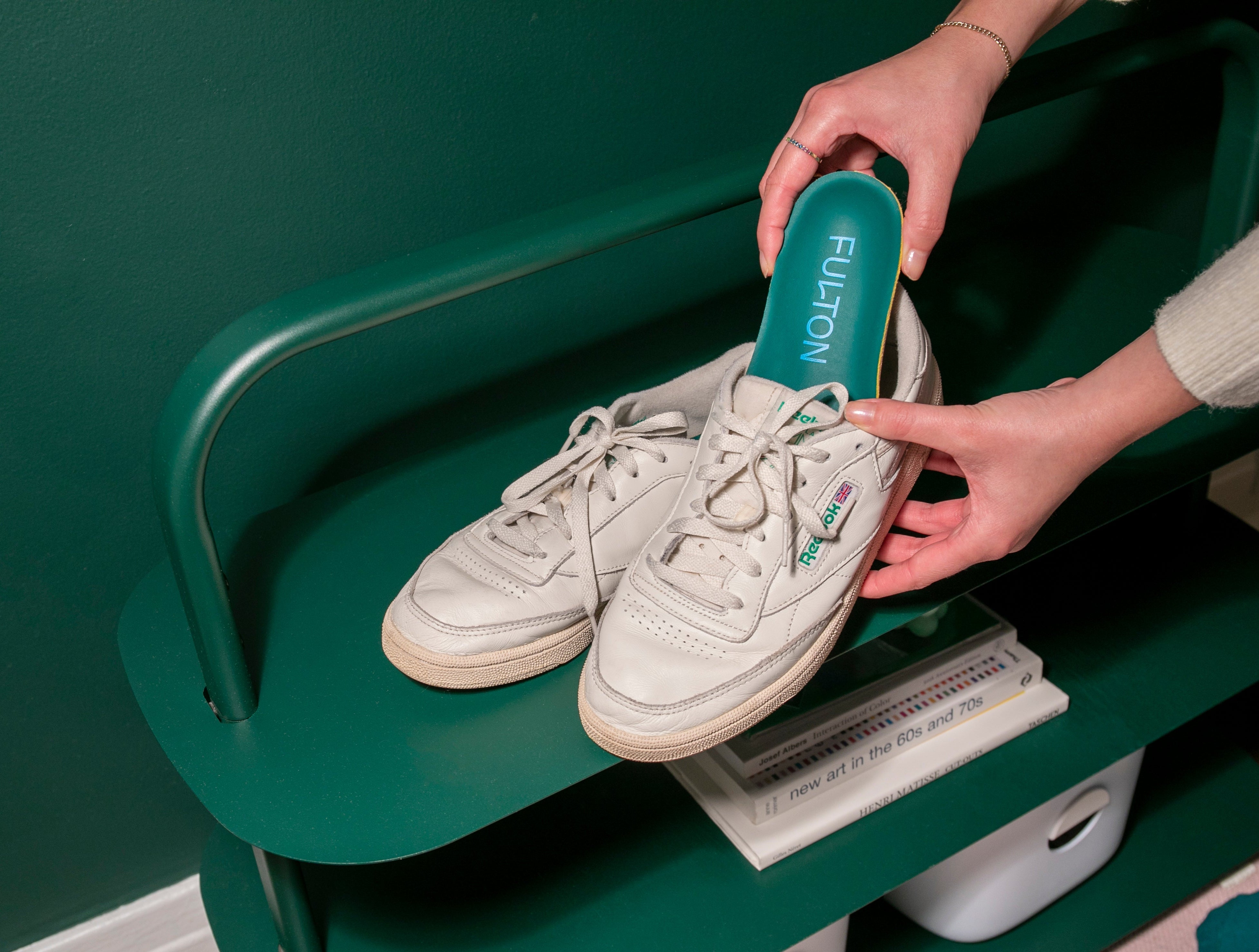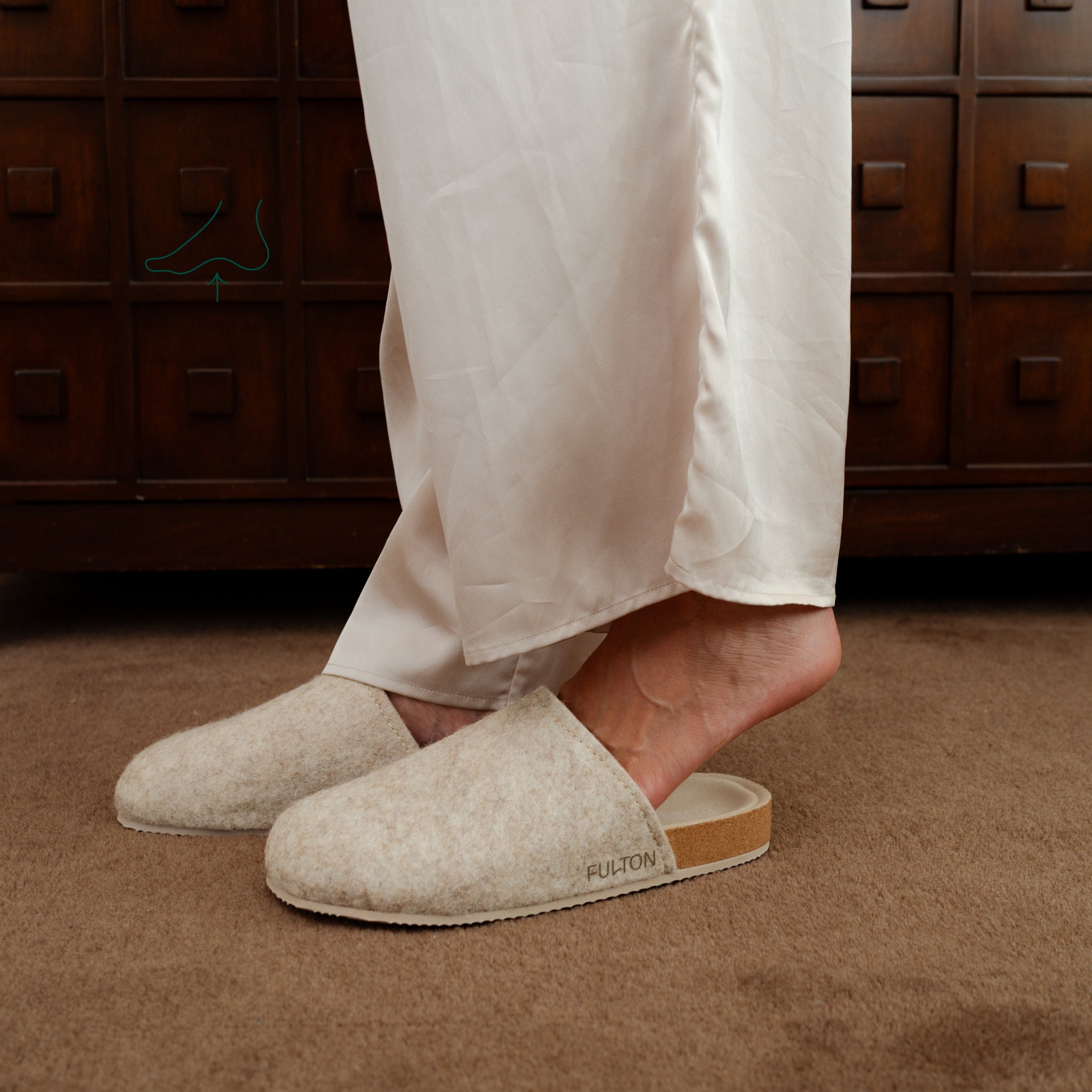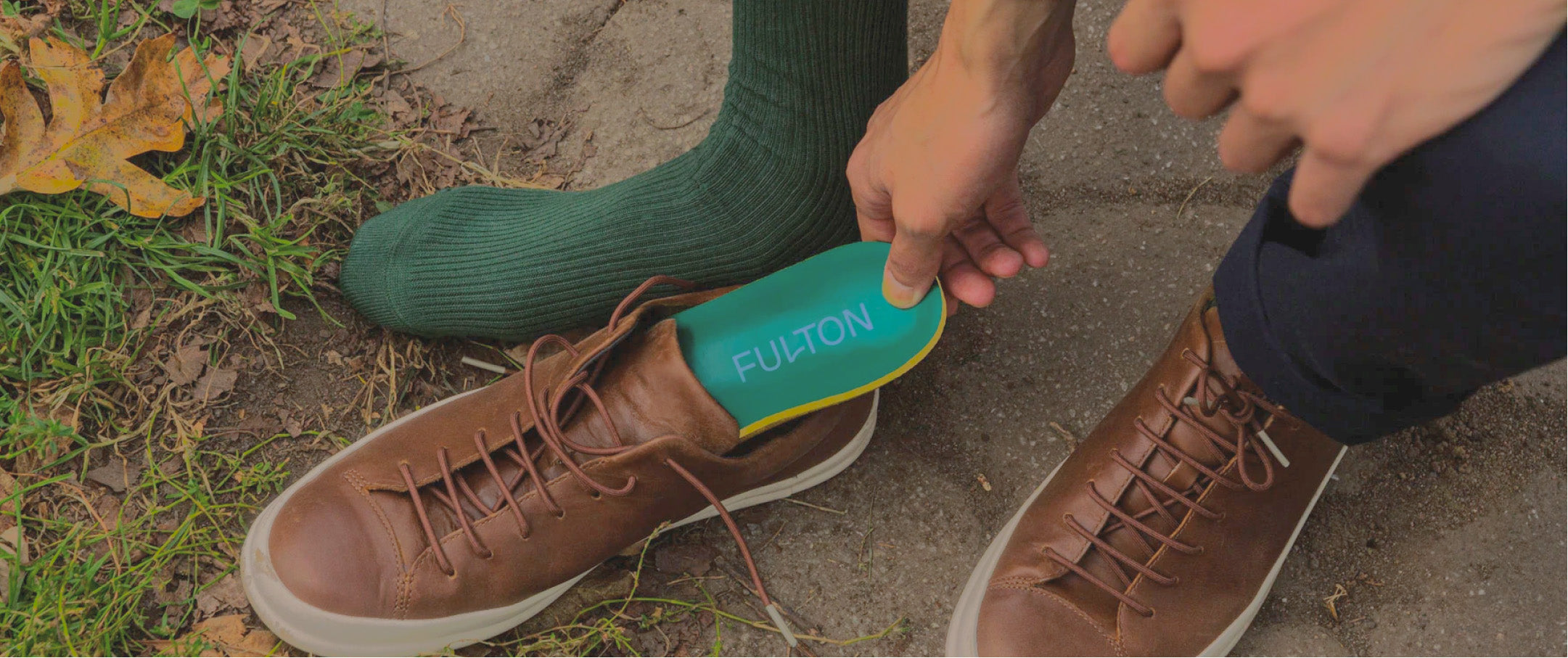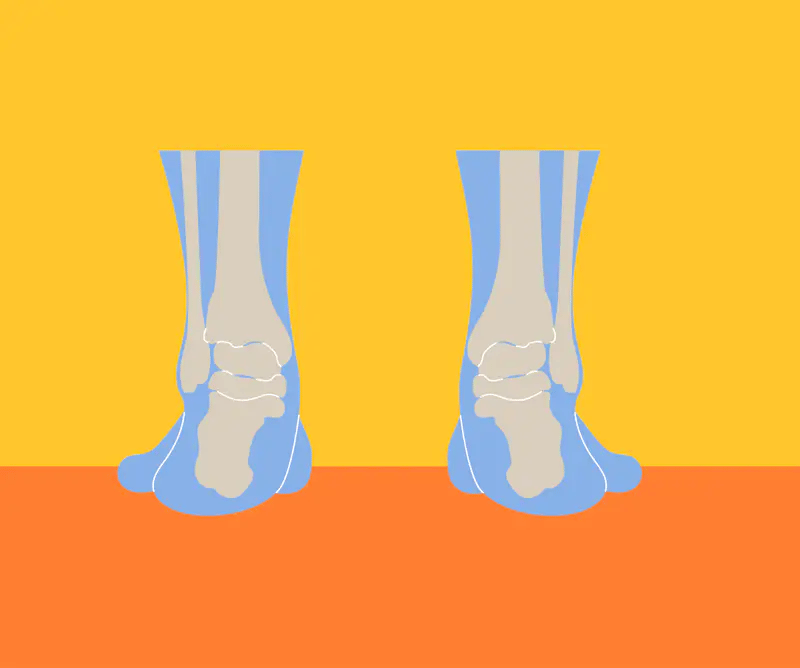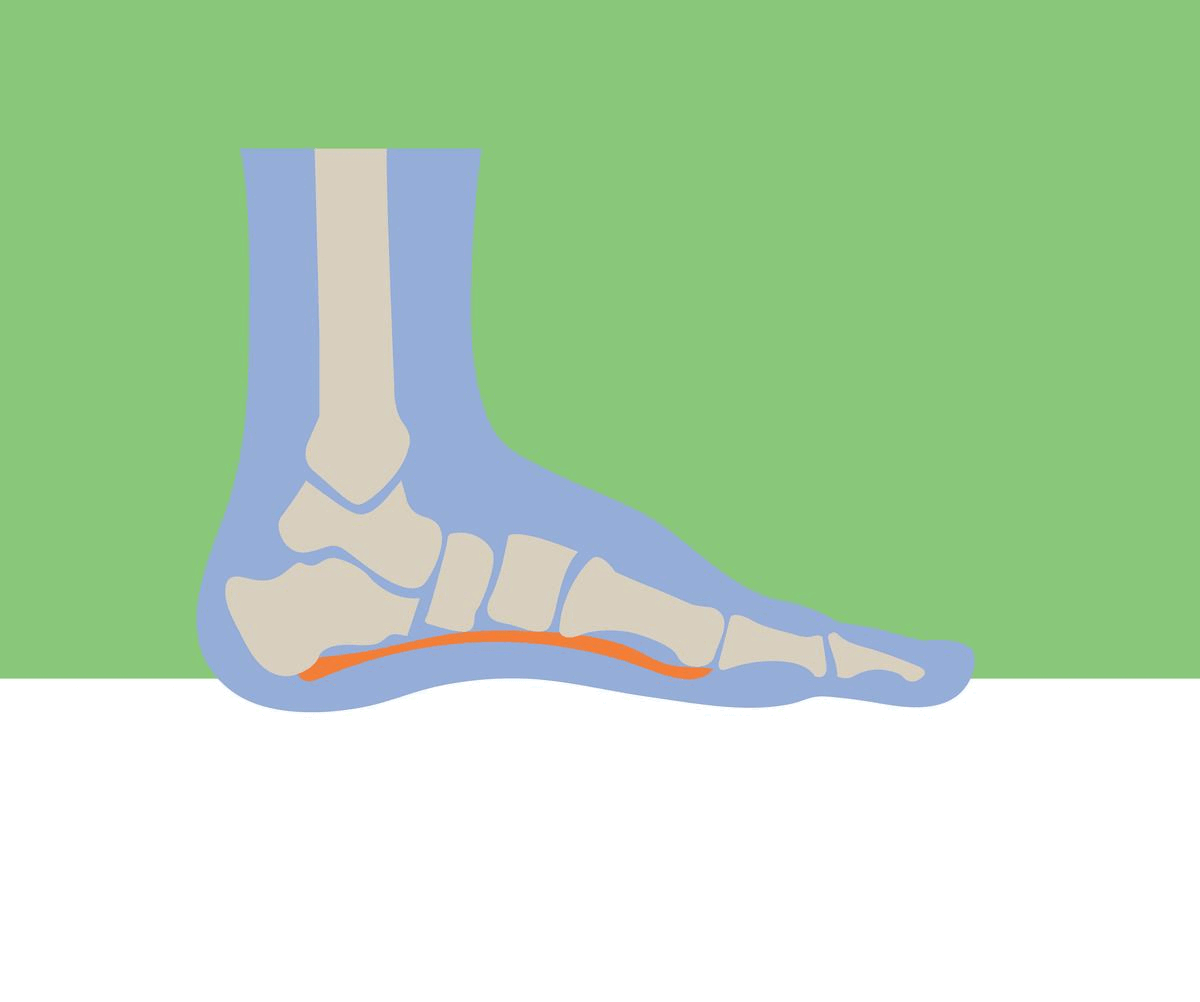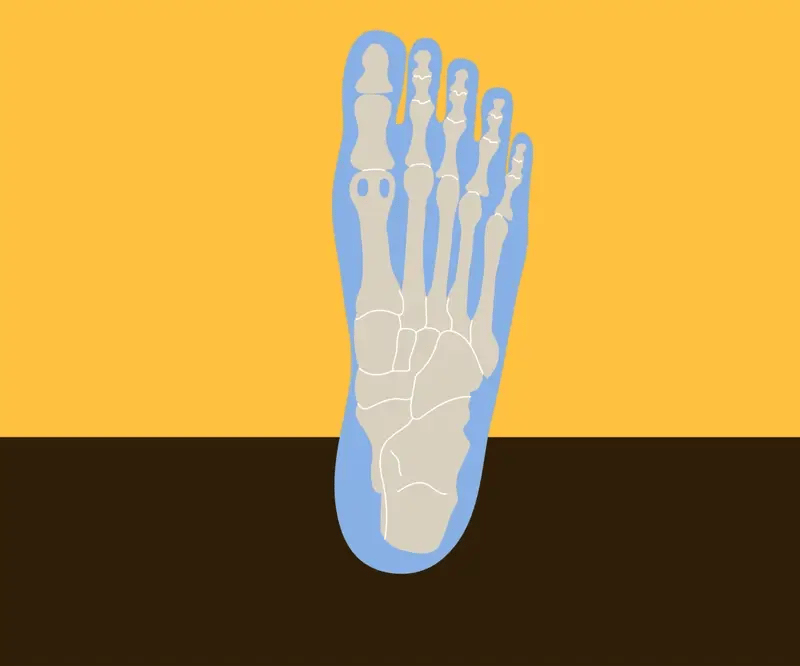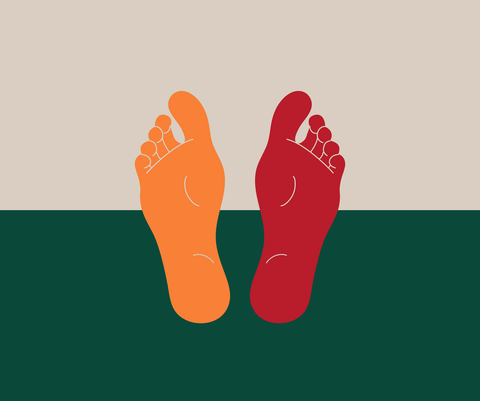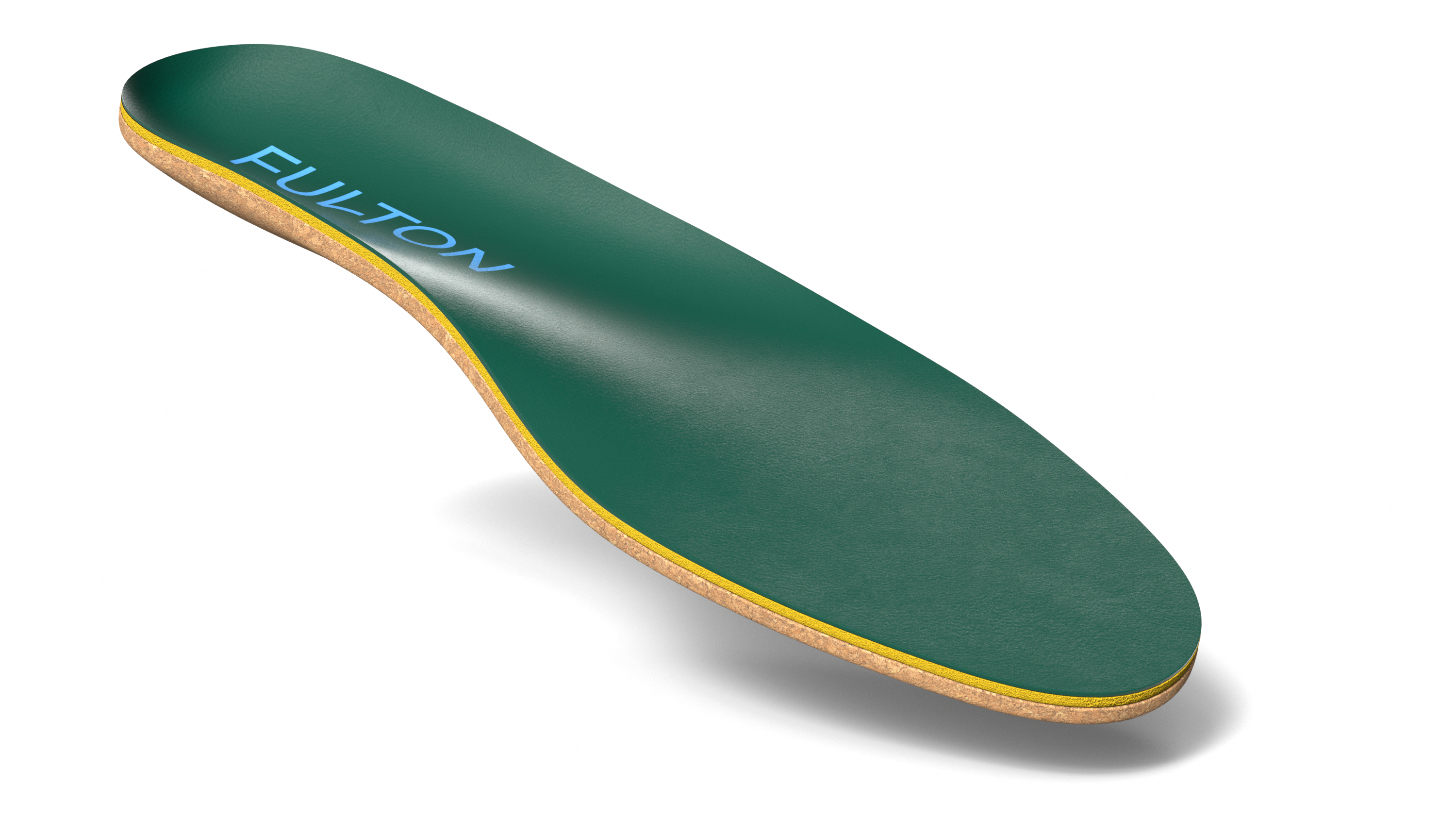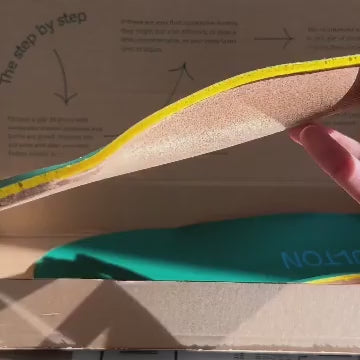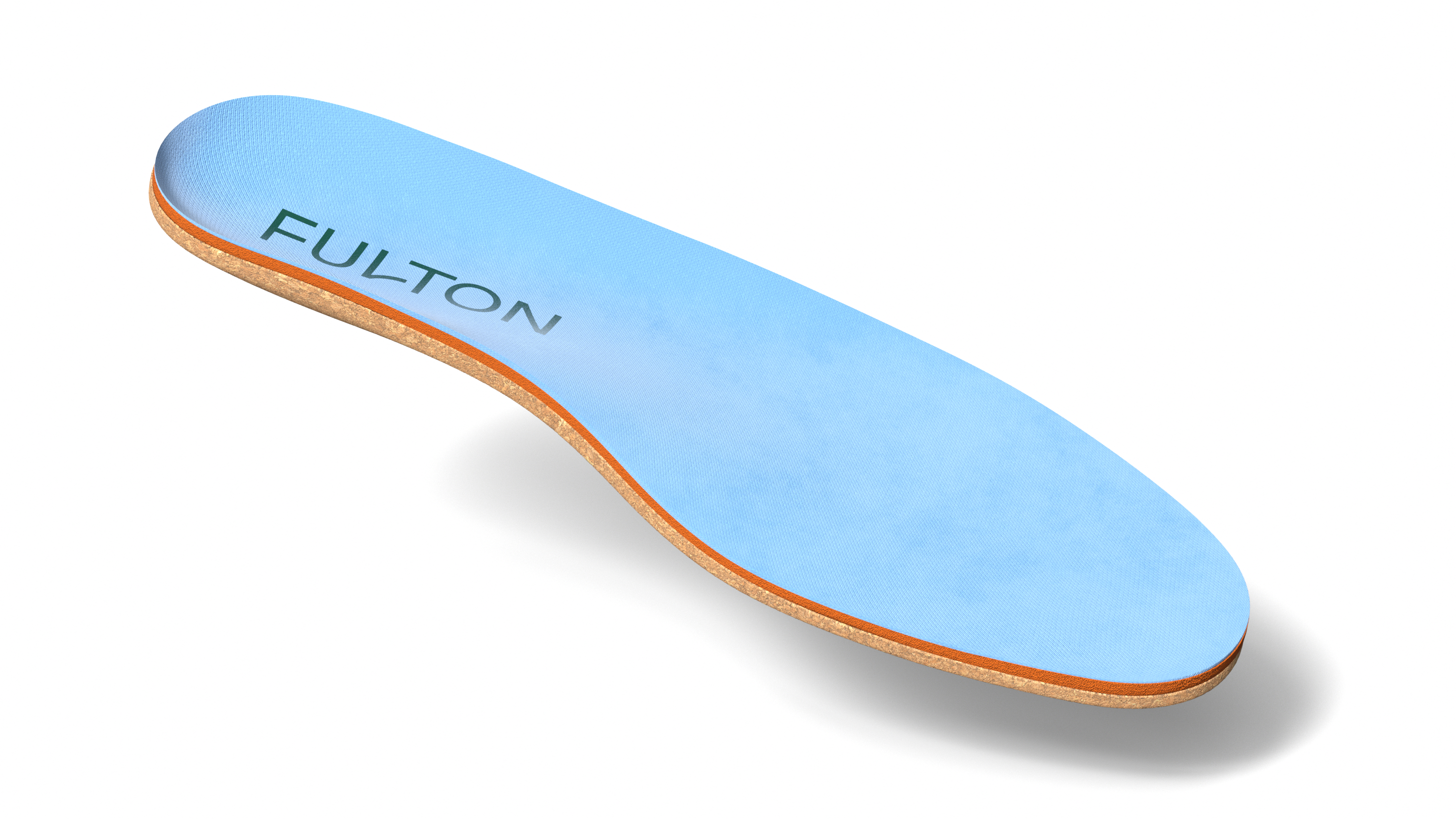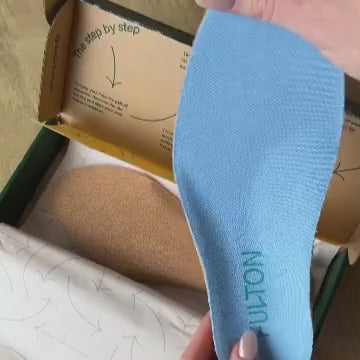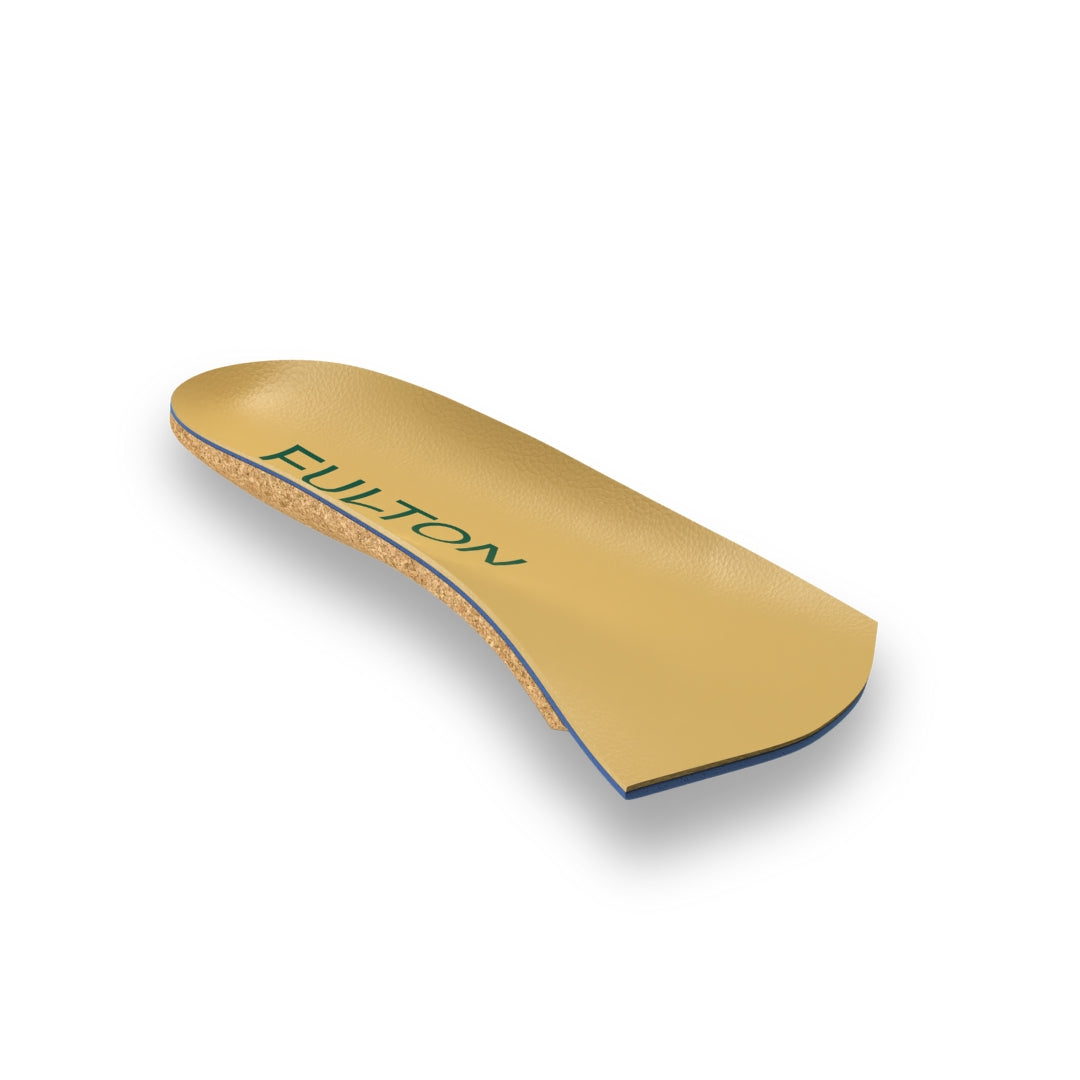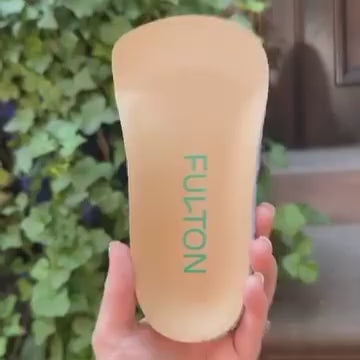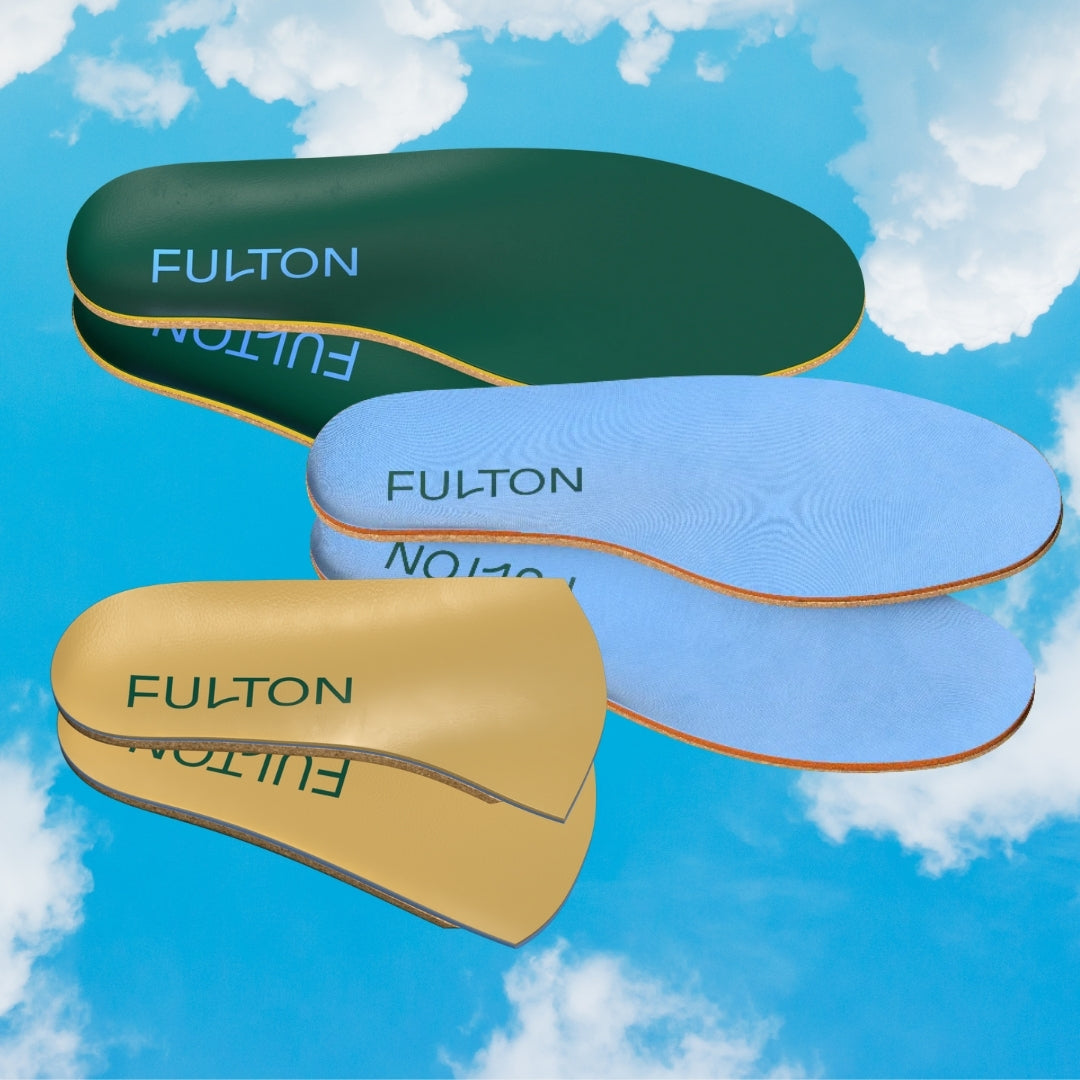What is Plantar Fasciitis?
When understanding achilles tendonitis vs plantar fasciitis, it's critical to understand Plantar Fasciitis. The plantar fascia is a thick tissue that runs along the bottom of the foot, connecting the heel to the toes. The plantar fascia absorbs the shock of running and walking. Overuse from repetitive motions like running or prolonged standing can create micro-tears and inflammation in the plantar fascia, giving you a nasty case of plantar fasciitis. This condition feels like stabbing pains on the bottom of the heel, especially when you first get up in the morning or after a long period of standing or sitting and can to foot pain while walking or even the foot is not in motion.
The following populations are at greater risk for developing plantar fasciitis:
- Obesity
- Runners
- People who wear shoes with poor support
- People who stand or walk for long periods
- Flat feet or high arches
- People with a tight Achilles tendon
Symptoms of Plantar Fasciitis
The most common symptom of Plantar Fasciitis is a sharp heel pain that feels most pronounced in the morning. It may be alleviated after walking or stretching, but may come back after long periods of sitting or standing.
What is Achilles Tendonitis?
Like the Plantar Fascia, the Achilles Tendon is a touch band of tissue located in the foot. The Achilles tendon connects the calf muscles to the heel bone. In its early stages, Achilles tendonitis feels like a dull ache on the back of the heel or above the heel on the lower portion of the ankle. The ache is usually most noticeable after exercise, but the Achilles can also feel stiff and tender first thing in the morning and call also result in foot pain from walking. Like plantar fasciitis, overuse and repetitive activities can cause Achilles tendonitis. Walking, running, and jumping all involve the use of this important tendon. It’s highly susceptible to injury if you suddenly increase your activity level or only participate in high-stress activities periodically, like on the weekend. A tight Achilles tendon can quickly become a ruptured Achilles tendon if you ignore increasing.
Factors that increase the likelihood of Achilles tendonitis include:
- Age (more common during middle age or older)
- Flat arch
- Tight calf muscles
- Obesity
- Wearing unsupportive shoes
- Certain medical conditions or medications
Plantar Fasciitis vs. Achilles Tendonitis: How to Pinpoint and Relieve Your Foot Pain
Both Plantar fasciitis and Achilles tendonitis can become so painful that it’s difficult to participate in sports, exercise, or even basic walking. While these two conditions involve the heel, their location indicates which is a problem for you. Pain on the bottom of the heel points toward plantar fasciitis, while pain behind the heel or closer to the ankle is more likely related to the Achilles tendon. To get relief:
- Limit any activity that irritates your condition. rest is often the best option for both Plantar fasciitis and Achilles tendonitis.
- Wear supportive shoes. Everyone’s feet are different, and the shape and pain points of your feet may differ from one to the other. To get customized arch support and pain relief, try Fulton insoles. Our natural cork inserts mold to the shape of the foot for a custom fit, custom cushioning, and general foot pain relief.
- Stretch daily. Tight calves can play a role in both conditions, so stretch them regularly.
- Increase activity gradually. Work your way up to running longer distances or into more intense workouts. If you play sports on the weekends, exercise during the week to prevent undue strain on your heel and ankles.
If your pain does not get better after a period of rest or continues to worsen, call your doctor. Additional recommendations may include more rest, over-the-counter pain medications, and cold/hot treatments. Take care of your feet, and they’ll take care of you. Make sure to give them the cushioning and the arch support insoles they need to take you mile after mile. Learn more about Fulton insoles.


